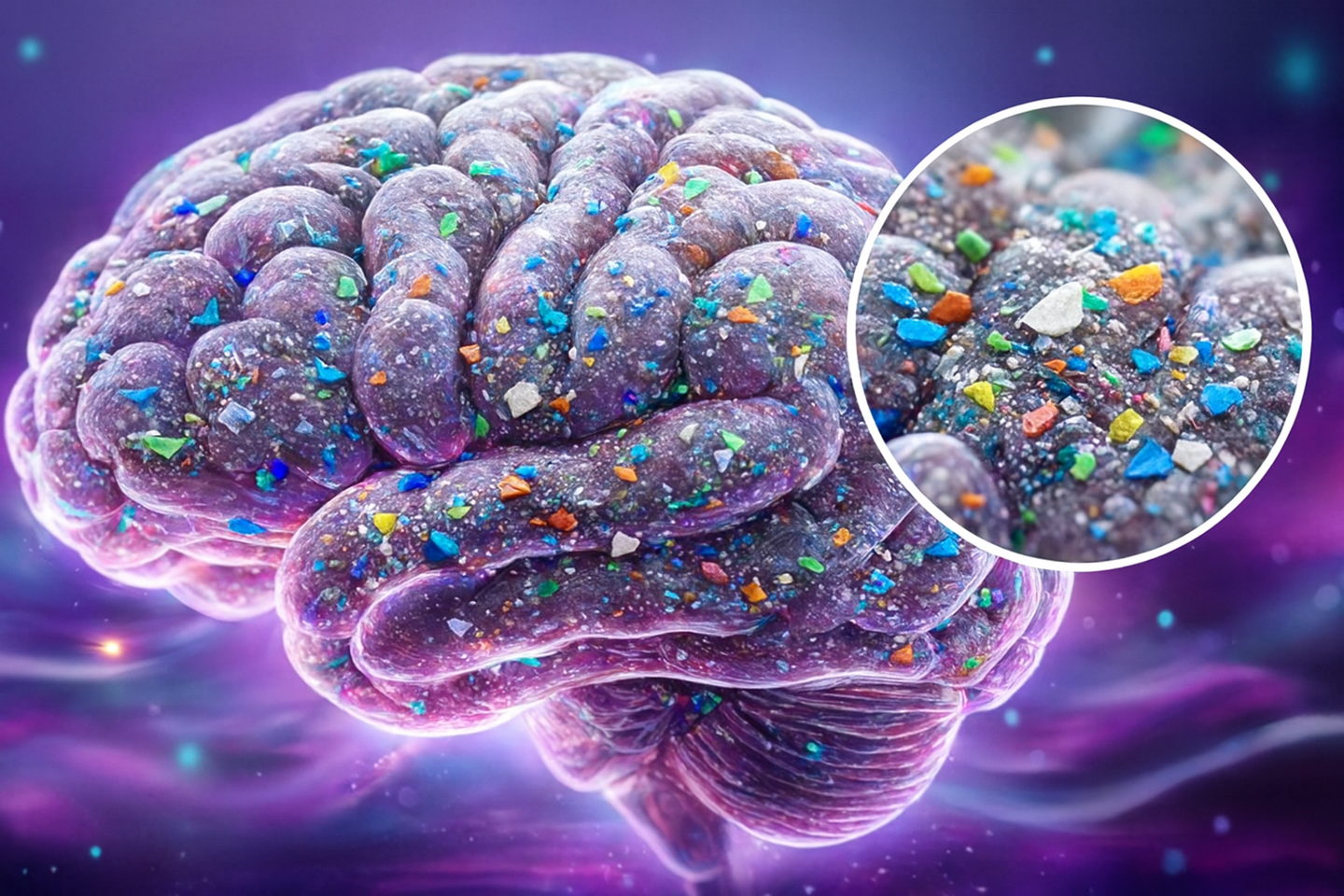Gum disease and cavities nearly double stroke risk, study finds
Gum disease and cavities may nearly double stroke risk, new research shows, linking oral health to brain vessel damage.

A new study finds that people with gum disease and cavities face nearly double the stroke risk. (CREDIT: Shutterstock)
Brushing your teeth can save not just your smile—it can save your brain. Based on a new study, published in Neurology Open Access, people with cavities and gum disease were nearly twice as likely to have a stroke as people with healthy teeth.
The findings point to a lesser-known connection between mouth health and brain health, with gum inflammation potentially leading to stealthy damage to the blood vessels that keep your brain functioning at peak levels.
Shocking Study Results
Researchers at the University of South Carolina examined data from nearly 6,000 adults with a mean age of 63 and no history of stroke at study start. The research segregated these volunteers into three groups—those with healthy mouths, those who had gum disease alone, and those who had gum disease and cavities. Researchers tracked their health for twenty years by telephone calls and medical records to find out who later had strokes.
The results were shocking. Just 4% of people with healthy teeth had a stroke. In those with gum disease, the rate rose to 7%. In study subjects who had gum disease as well as cavities, 10% had a stroke during follow-up. After adjusting for other variables like smoking, age, and body mass index, researchers found that people with both oral conditions were 86% more likely to have a stroke than people with healthy gums. Even people with gum disease alone were 44% more likely to be at risk.
This study adds to the evidence that healthy gums and teeth are not only for your smile, but could save your brain," said lead author Dr. Souvik Sen of the University of South Carolina. "People with evidence of gum disease or cavities should get them treated not only to save their teeth, but perhaps to prevent stroke risk."
Inflammation: The Mouth-Brain Link
The findings add to earlier research that had associated gum inflammation with damage to tiny blood vessels in the brain. In this previous study, Sen and colleagues analyzed information from over 1,100 older people who participated in the Atherosclerosis Risk in Communities study.
Researchers found that people with gum disease had stronger white matter hyperintensities. These are glowing patches on brain scans that indicate chronic damage. They form when tiny arteries and capillaries in the brain are harmed over time.
These white matter changes are typical of cerebral small vessel disease, which goes hand-in-hand with cognitive decline, mobility problems, and subtle strokes. Scientists believe that inflammation from gum disease releases toxic chemicals into the bloodstream. These chemicals can harm the lining of blood vessels throughout the body — even in the brain.
"The inflammation that's started in your mouth doesn't always stay in your mouth," Sen said. "It can become systemic, affecting blood vessel health and blood flow to increase the risk of stroke, as well as other injuries to the brain."
The Bigger Picture: Heart and Brain Health
The same biological processes that cause gum disease—bacteria, inflammation, and immune response—also cause heart disease and high blood pressure. The new study found that people with poor oral health faced a 36% higher risk of a serious cardiovascular event, such as a heart attack or fatal heart disease. This link remained strong even after researchers accounted for other risk factors.
People who visited a dentist on a regular basis were far less likely to face such risks. Ongoing dental treatment reduced the risk of both gum disease and cavities by 81% and reduced the risk of gum disease alone by nearly one-third. It's one of the strongest clues to date that preventive dental care can have effects well outside the mouth.
Who Is at Highest Risk
While almost half of American adults have gum disease, it is also very common with age. More than 70% of people over 65 have some level of gum inflammation or bone loss along their teeth. The CDC reports the disease is more common in men, smokers, and people with diabetes. These groups are already at higher risk of vascular disease. Researchers say that overlap may further contribute to the risk.
The study also concluded that African American patients were more prone to gum disease than white patients, all of this pointing to inequalities in oral health and stroke outcome. It's closing those inequalities, Sen said, that will avert stroke in vulnerable populations.
Understand the Limitations
The research is not proof that poor oral health causes stroke directly. The oral health of the participants was examined only at the beginning of the research and thus subsequent changes over time were not recorded. It also seems probable that there were other lifestyle or genetic reasons why the participants had poor oral health and risk of stroke. Even with these limitations, the solidity and coherence of the findings are reported to be a significant biological link.
Prevention of gum disease starts with the basics—brushing daily, flossing, and regular dental appointments. Professional teeth cleaning removes plaque that home brushing cannot, reduces inflammation before it can travel outside the mouth. Dentists also examine for early warning signs of gum disease not detectable otherwise.
Experts add that the oral health should be viewed against the background of total cardiovascular health. Healthy gums, regulated blood pressure, regular exercise, and balanced diet all work in combination to protect the brain's delicate network of blood vessels.
Practical Implications of the Study
The message is direct but powerful: your toothbrush may be one of the easiest stroke prevention devices. Oral health would likely become an automatic part of neurological and cardiovascular care if future evidence determines a causal link.
Dental checkups might ultimately be marketed by public health campaigns in conjunction with blood pressure checks as complete stroke and dementia prevention.
For humans, routine dental care offers an affordable, non-surgical way to reduce inflammation and maintain long-term brain health.
Research findings are available online in the journal Neurology Open Access.
Related Stories
- Mediterranean diet linked to reduced risk for gum disease
- Breakthrough topical gel treats and prevents gum disease at home
- Gum disease bacteria linked to Alzheimer's, study finds
Like these kind of feel good stories? Get The Brighter Side of News' newsletter.
Rebecca Shavit
Science & Technology Journalist | Innovation Storyteller
Based in Los Angeles, Rebecca Shavit is a dedicated science and technology journalist who writes for The Brighter Side of News, an online publication committed to highlighting positive and transformative stories from around the world. With a passion for uncovering groundbreaking discoveries and innovations, she brings to light the scientific advancements shaping a better future. Her reporting spans a wide range of topics, from cutting-edge medical breakthroughs and artificial intelligence to green technology and space exploration. With a keen ability to translate complex concepts into engaging and accessible stories, she makes science and innovation relatable to a broad audience.



